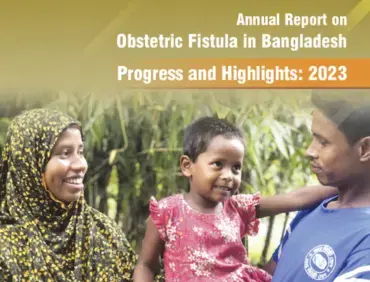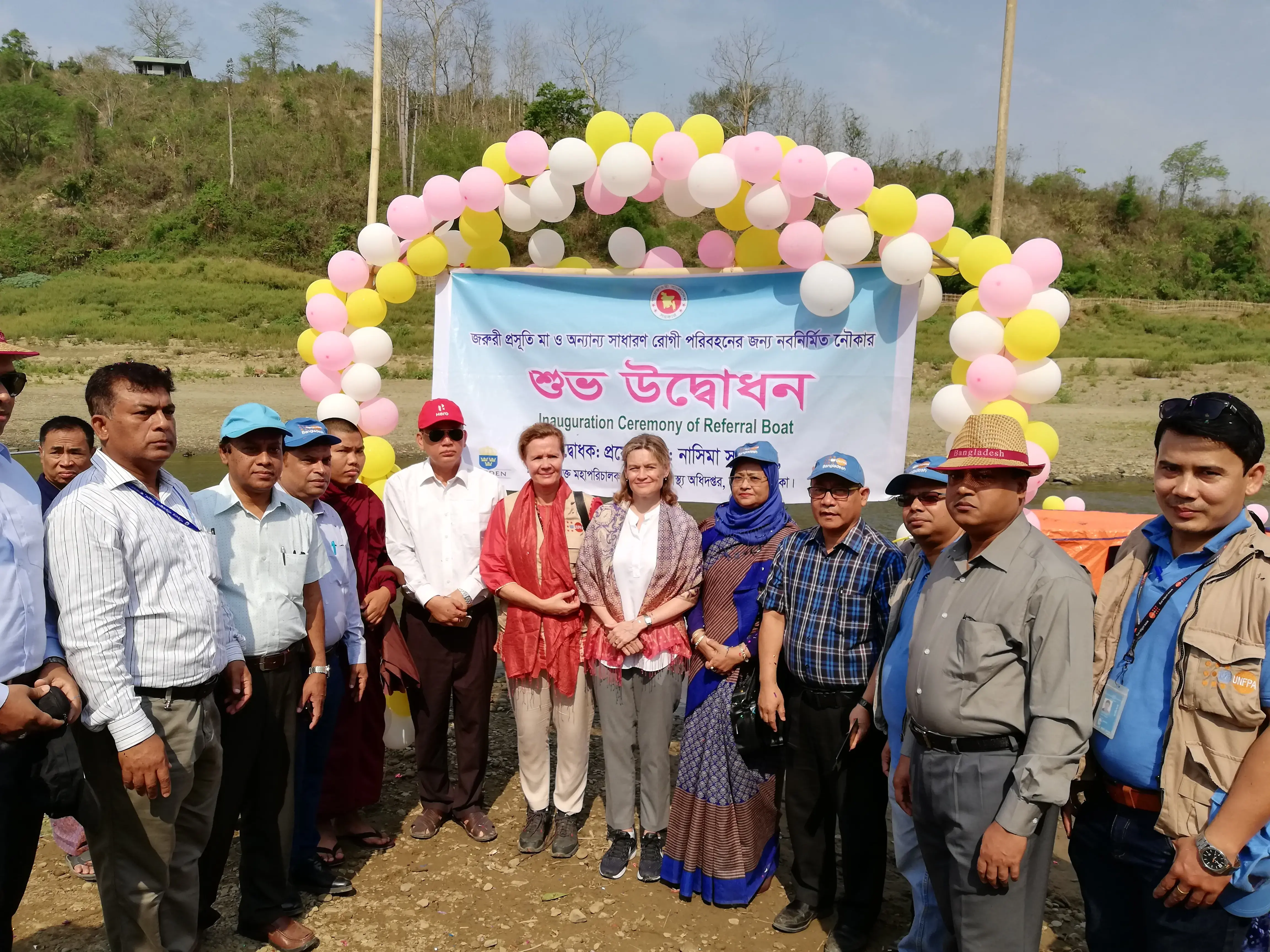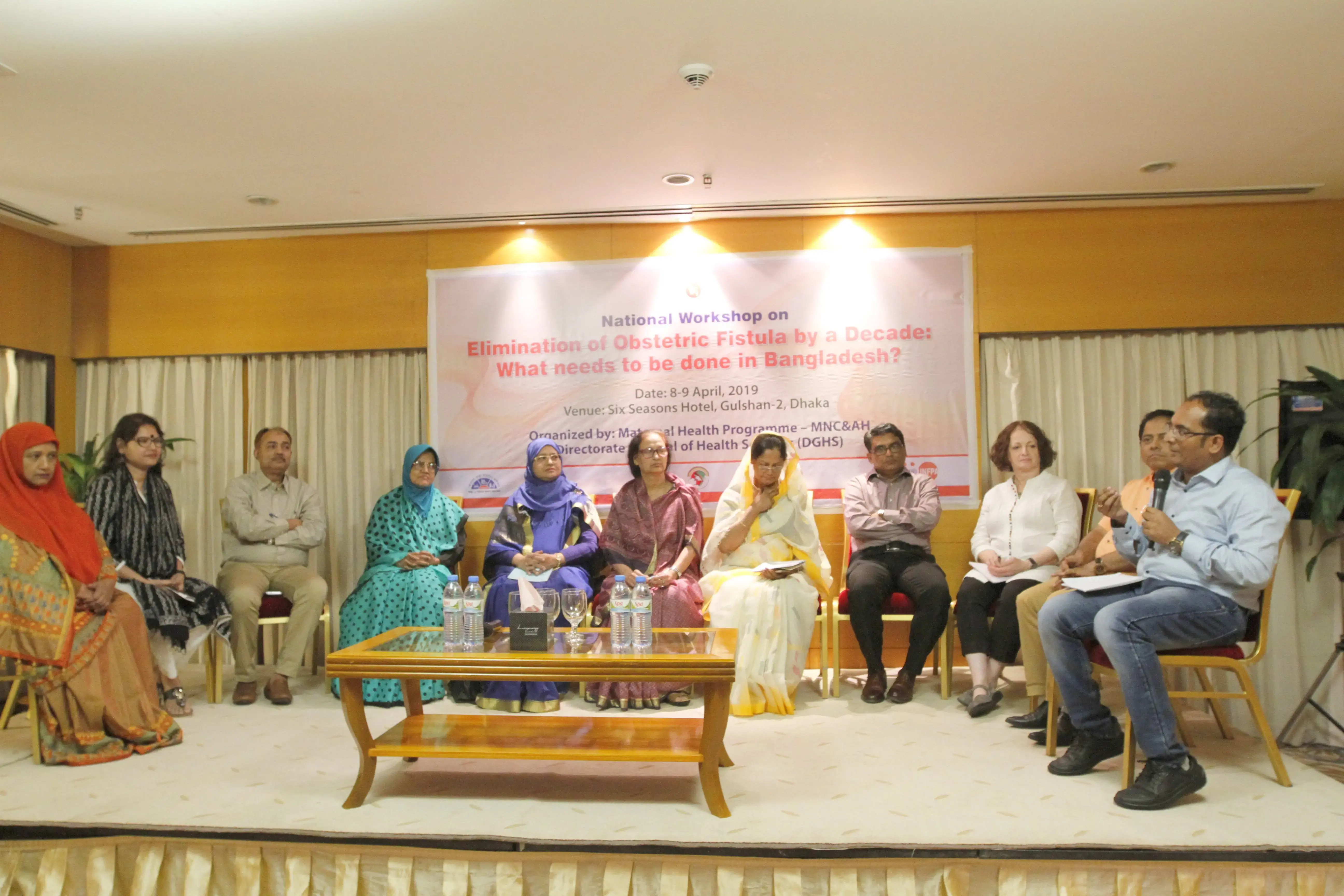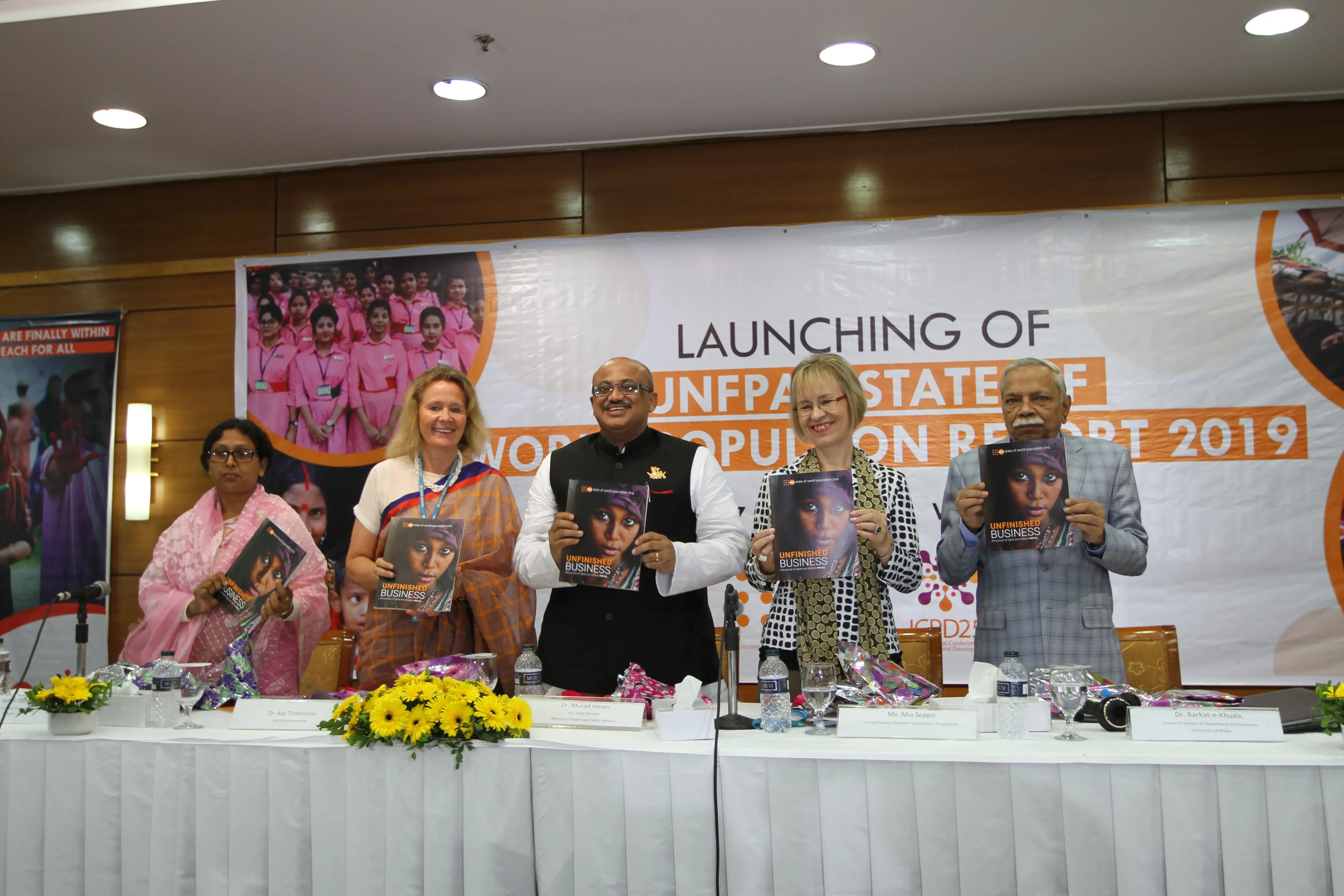The persistence of obstetric fistula—a devastating childbirth injury primarily affecting poor, marginalized women and girls in Bangladesh and around the world—constitutes a human rights violation and a public health crisis. The Sustainable Development Goals (SDGs) aim to "leave no one behind," and failing to eliminate fistula jeopardizes the attainment of several of these goals. In 2018, Member States of the United Nations adopted a resolution to end fistula within a decade, building upon recommendations from the UN Secretary-General's 2018 Report on Obstetric Fistula. This resolution calls for significantly increased commitments and investments to eradicate fistula. In 2022, UN members states adopted another resolution on intensifying efforts to end fistula.
The Government of Bangladesh, committed to the goal of reducing the number of fistula cases to zero by 2030, adopted a division-based approach in its interventions, focusing on increasing the identification and diagnosis of cases, and enhancing coordinated referral management and rehabilitation services for fistula survivors. The UNFPA supports the Ending Obstetric Fistula programme of the Ministry of Health and Family Welfare in the Rangpur, Sylhet, Chattogram and Rajshahi divisions, with the assistance of implementing partners and professional societies.
In 2023, a total of 680 fistula patients were admitted for repair in 18 government and private hospitals. A total of 526 surgeries were performed in these facilities, with a 92.4 percent (486) success rate. Among the admitted patients, 52.1 percent were diagnosed with obstetric fistula, while 43.2 percent of cases were iatrogenic fistula. Of the diagnosed iatrogenic fistula cases, approximately 53.6 percent resulted from hysterectomy.
The Directorate General of Health Services (DGHS) continued to strengthen rehabilitation and reintegration support for fistula survivors in collaboration with the Department of Social Welfare, Department of Women Affairs, and other relevant stakeholders. Under this programme, more than 300 fistula survivors received some form of rehabilitation and reintegration support in 2023. For the reintegration of survivors, several were engaged in various training and capacity-building activities, such as preparing handicrafts, making paper packets and receiving sewing training. The 3rd National Strategy on Obstetric Fistula in Bangladesh was developed in 2023.
This report outlines the key details of each intervention, achievements and lessons learned from 2023.





